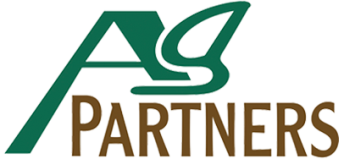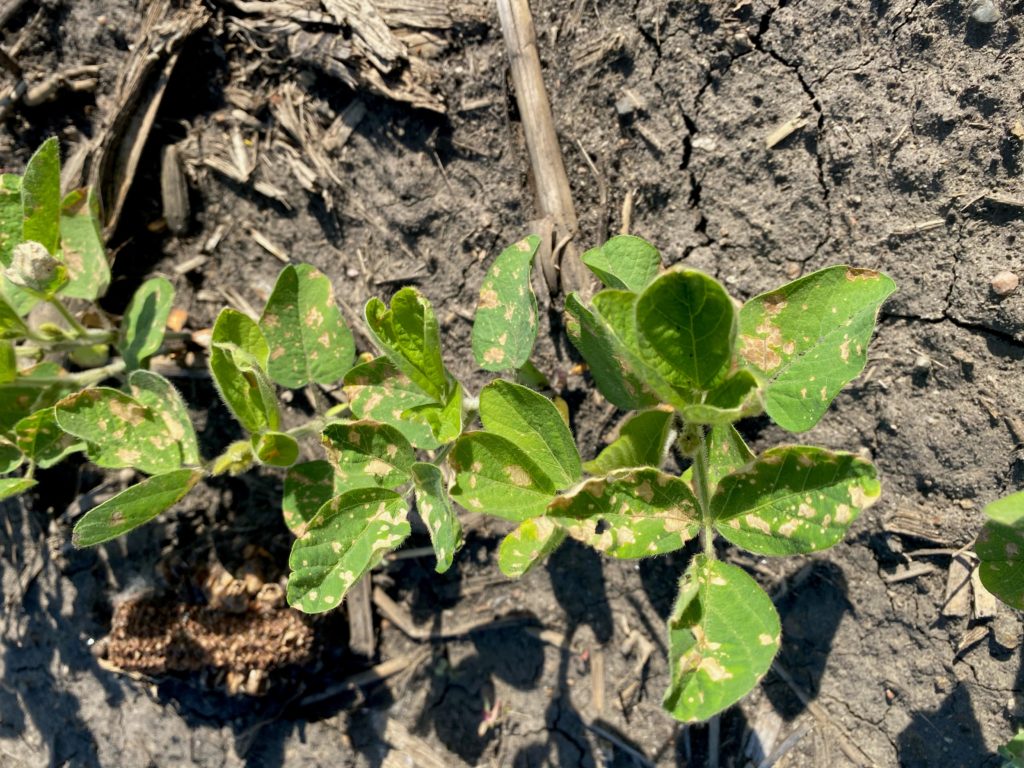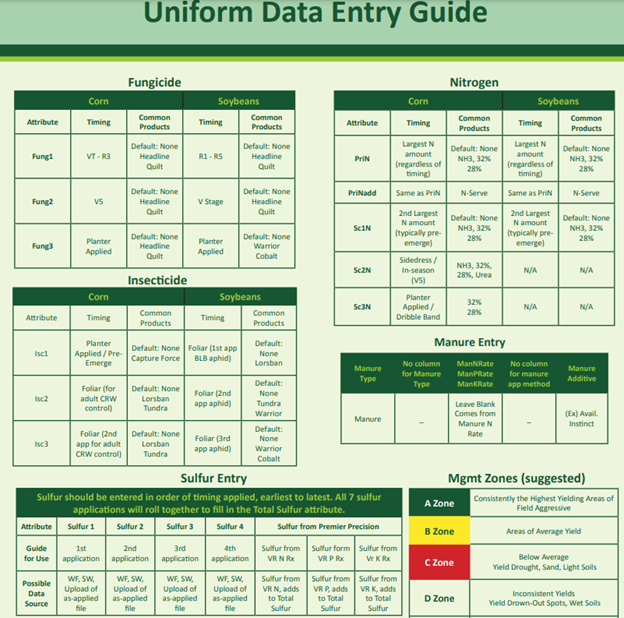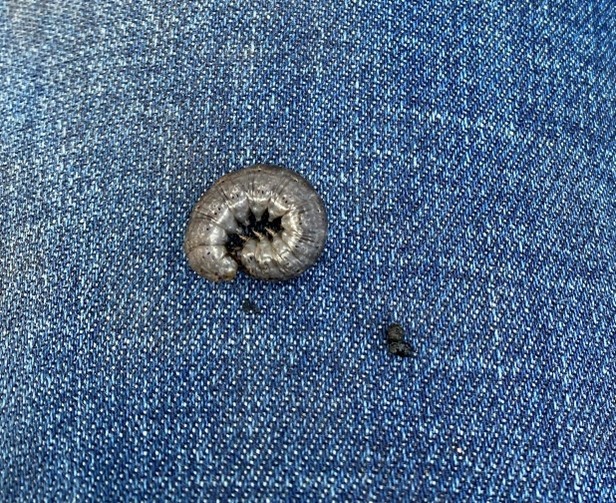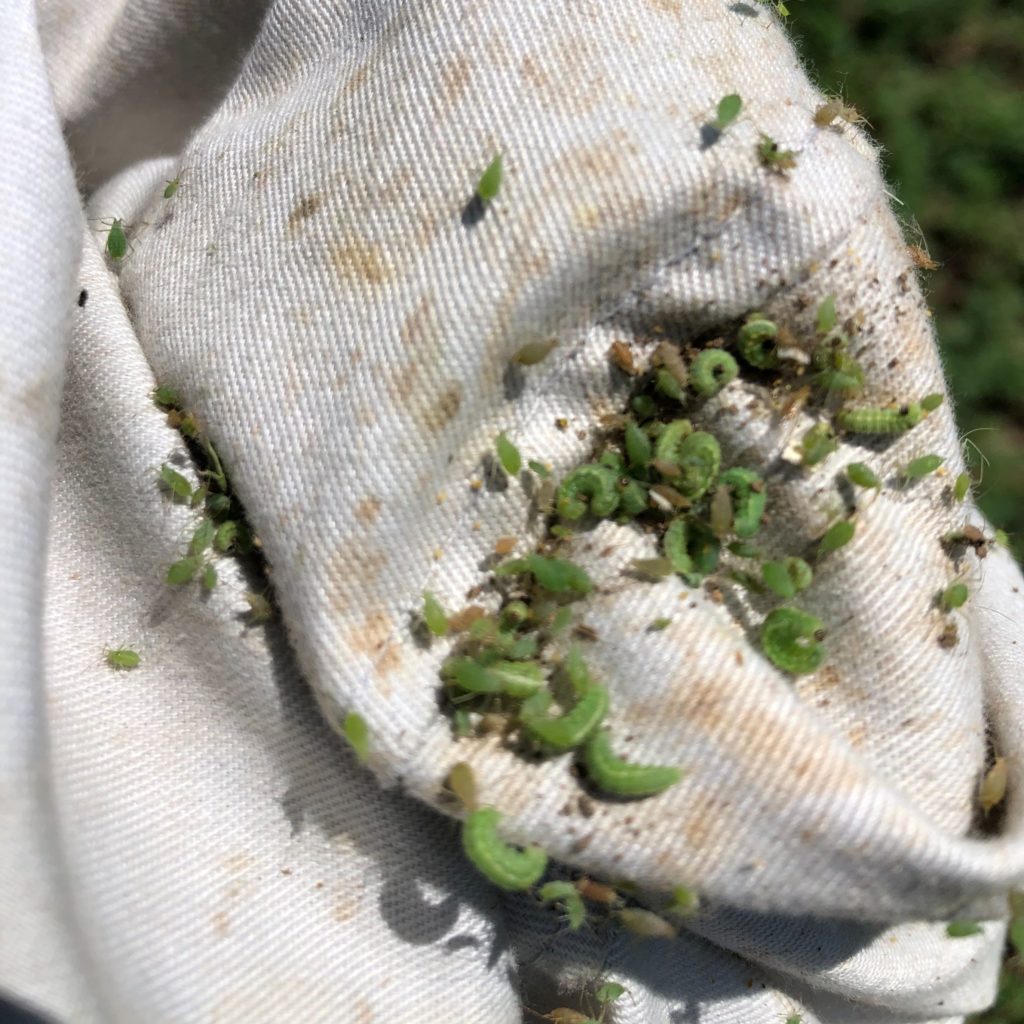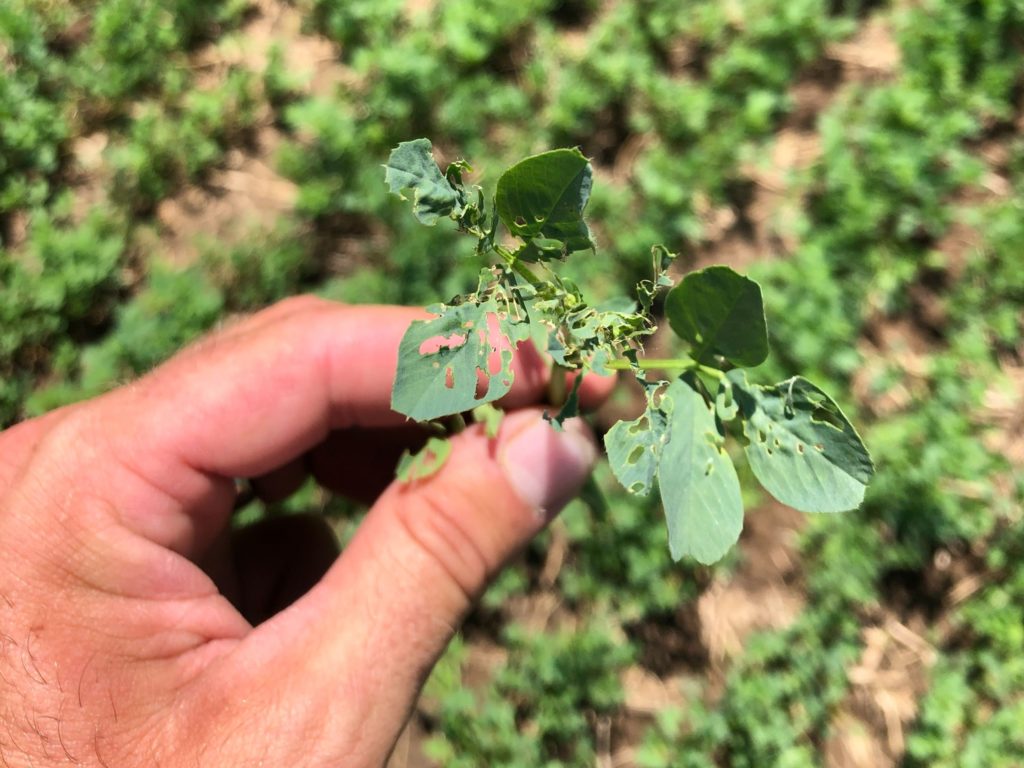Your Local Weekly Ag Partners Agronomic Update.
The one-stop-shop to hearing everything you need to know this week about what is happening in your fields.
This week’s featured agronomists are:
Easton Schuch – LeCenter
Storm Sammon – Owatonna
Todd Anderson – Goodhue
Kenny Loftus – Lewiston
Eric Soley- Ellsworth
Scroll down to hear from your local agronomist.
West
Belle Plaine – LeCenter – LeSueur
|
Easton Schuch |
As some of you start checking on fields, you may notice some speckling on the leaves after spraying your post. The following picture is a couple days after a post application of a Xtend and Dual tank mix. Take notice that even with the speckling that was caused from our extreme heat, combined with the oil type effects S-Metolachlor can mimic, the plant is still pushing out perfectly healthy trifoliates. The plant will grow out of it and be fine, we just need to remind ourselves that clean fields will benefit us more than some early season cosmetic damage to the leaves. |
Whoever turned the thermostat up for us should also turn on the faucet pretty soon… With that being said, we have now gone since May 28th since our last rain, and averaged a max temperature of 91 degrees so far in the month of June. These fastly accumulating GDU’s have rocketed our crops up after a long cool stretch in the beginning of spring, but now its came to the point where things are really starting to dry out on us. Overall, crops are still looking strong in the fields and have been doing a stand up job of flexing their strong genetics bred into them.
Central
Wanamingo – Kenyon – Morristown – Owatonna

Storm Sammon
South
Lewiston
|
Kenny Loftus |
Now the work for the winter meetings starts. By that I mean; retrieve the planting data from monitors and make sure the data looks good. (Good data in equal good data out). Once that looks good, we start making variable rate side dress prescriptions. Then the fun starts…nutrient data entry. Every field needs total nutrients entered, when the nutrients were applied and whether it was commercial fertilizer or manure. By doing all of this we can build the database for the 2021 crop year. Then when the 1-on-1 meetings take place after harvest we can look at performance of a particular nutrient. Or how did a specific hybrid perform on different yield environments. |
Also, with this data base we can look at the difference of premium fungicides vs generics.
Above is a reference sheet that we use so that all data is entered correctly, and that data is compared as apples to apples not apple to oranges.
If you have any trials within your fields, please let us know so we can get that data entered.
East
Pine Island – Cannon Falls -Goodhue -Lake City
|
Todd Anderson |
Weather extremes thus far this spring. Mother nature can’t seem to decide what she wants, so it has been difficult to get spraying and side dressing done, until this last week or so. Continue with the farm plan you created last winter with your agronomist, we still need to kill the weeds and fertilize the crop because we still have a good crop out there with above average crop prices. |
We did have a no-till soybean field that had cutworm damage. It was in a field that had a winter rye cover crop that we burned down this spring. This is where the cutworms like to overwinter and then feed in the spring.
Now that most of the 1st crop hay is in the silo, we are scouting the alfalfa for leafhoppers. We are finding low populations as of so far, but we are also finding some alfalfa weevil larvae that are feeding on the alfalfa. So, talk to your agronomist about fertilizing and scouting your hay fields.
Try to stay cool and pray for some rain!
WWAS
Ellsworth
|
Eric Soley |
It is hard to believe that a little over a week ago we were worried about frost damage on the crops and now we are begging for a reprieve from the heat, and we need some rain!! We have been busy scouting hay fields after 1st cutting and we are finding alfalfa weevil numbers that are blowing past the economic threshold. |
Above is a picture of weevil larvae caught in a sweep net.
Alfalfa weevil feeding will leave pinholes on the foliage, and as the larvae gets bigger it can skeletonize the leaves. If you have not looked at your hay fields after 1st cutting we strongly recommend taking a peek at them.
Above is a picture of pinhole damage from the alfalfa weevils.
